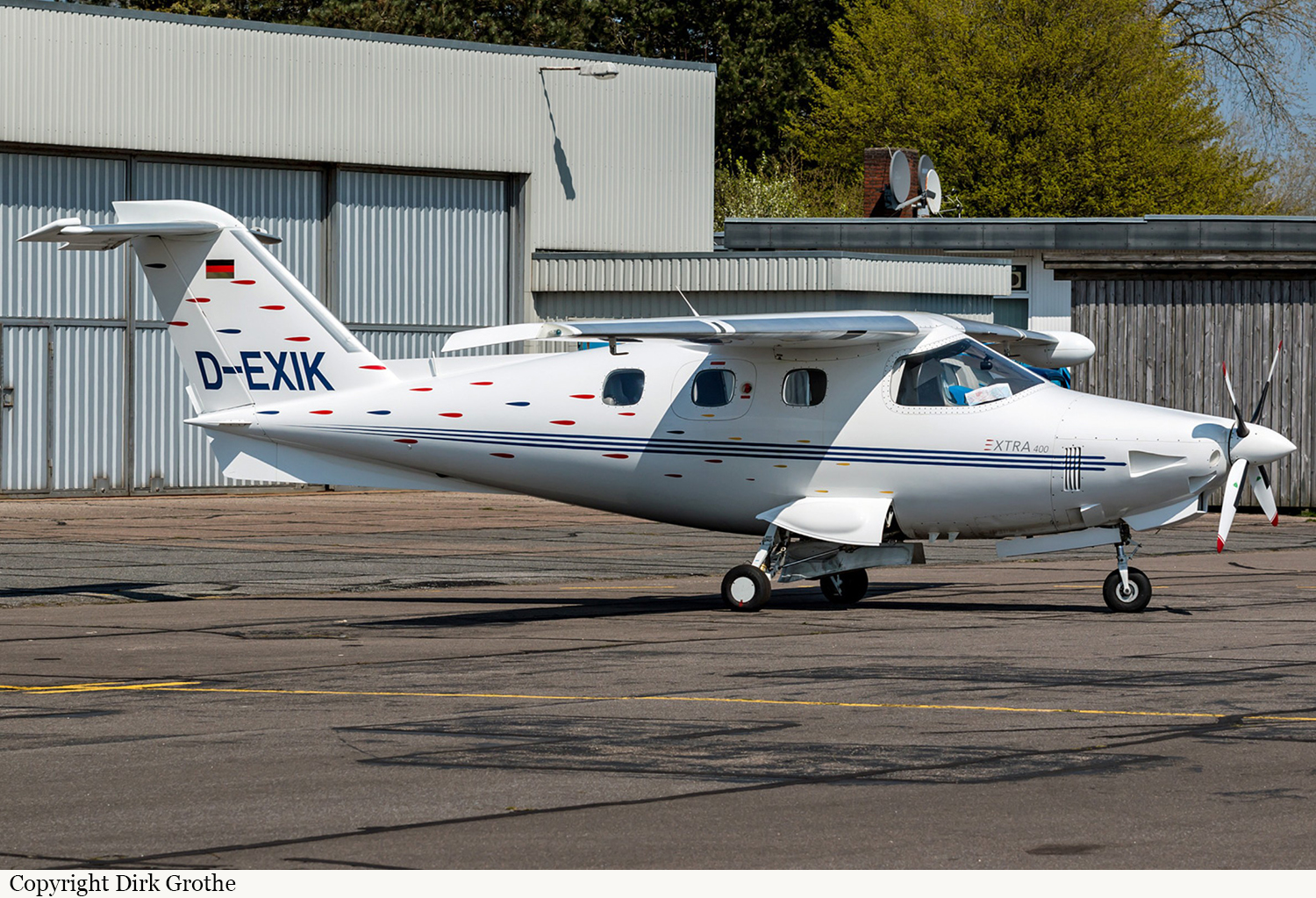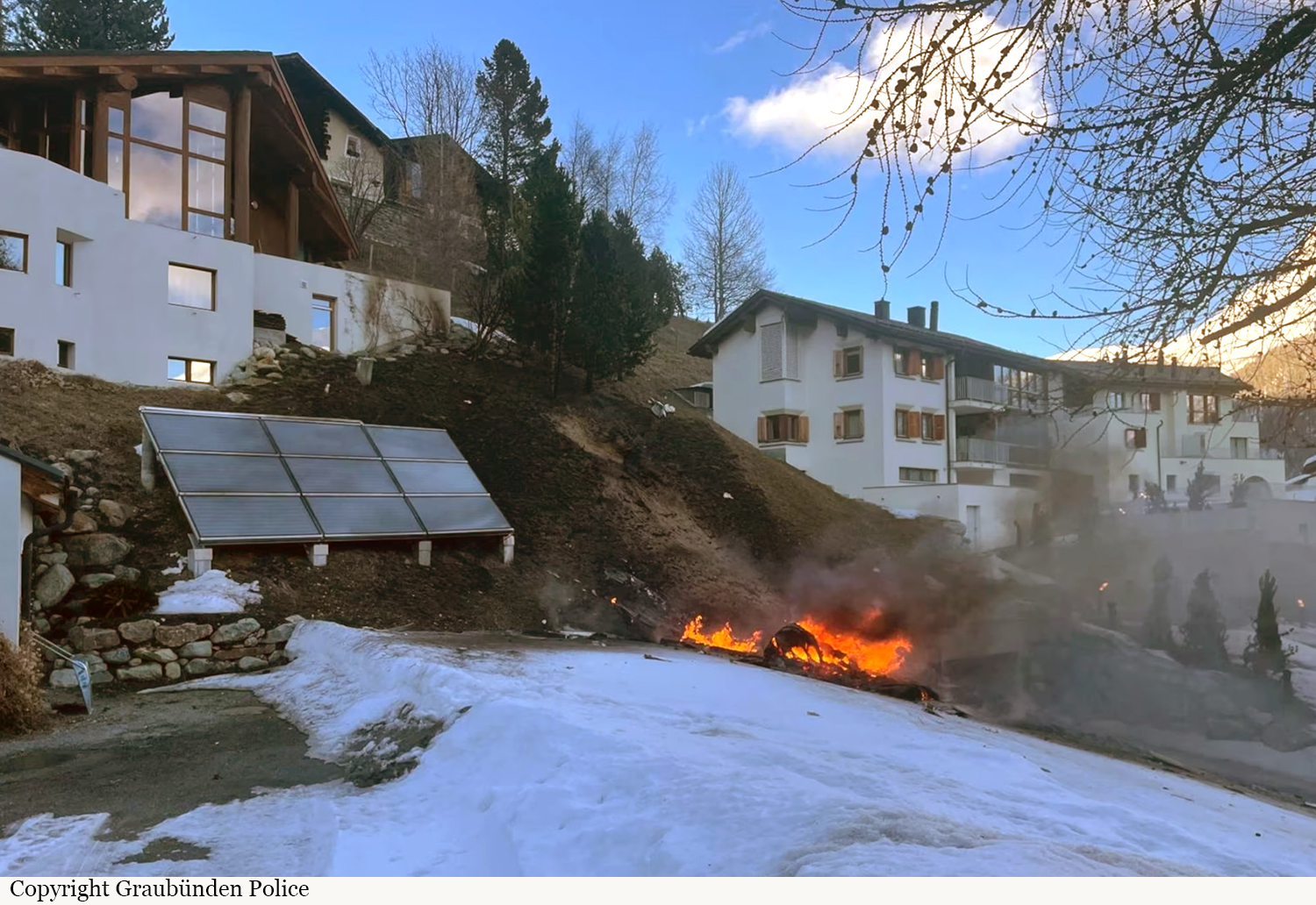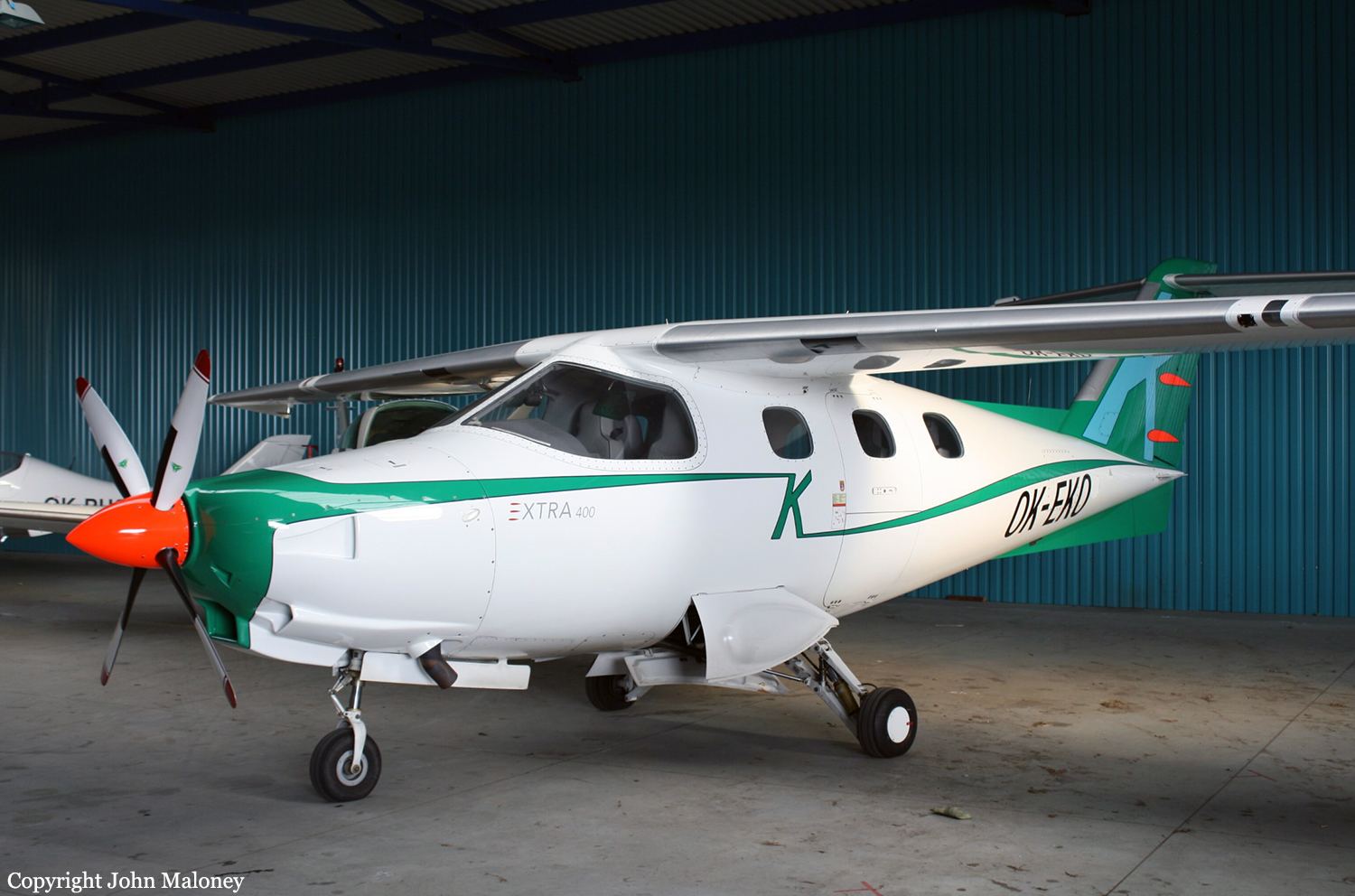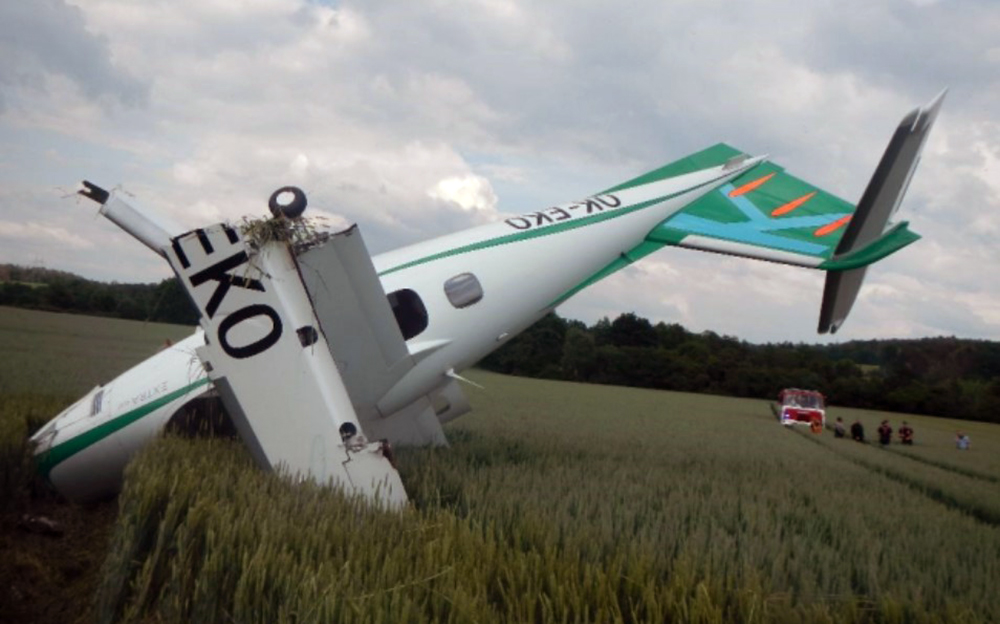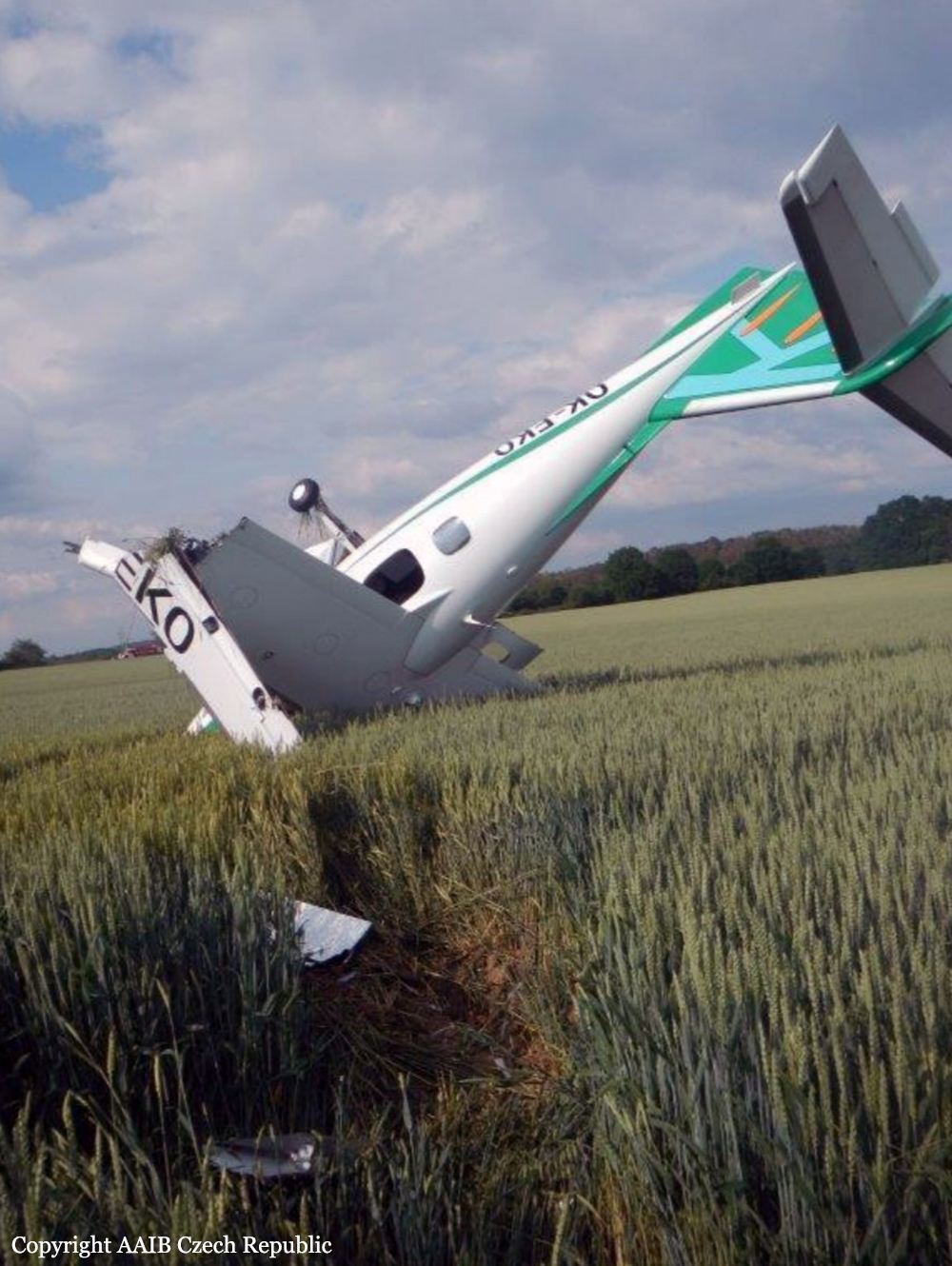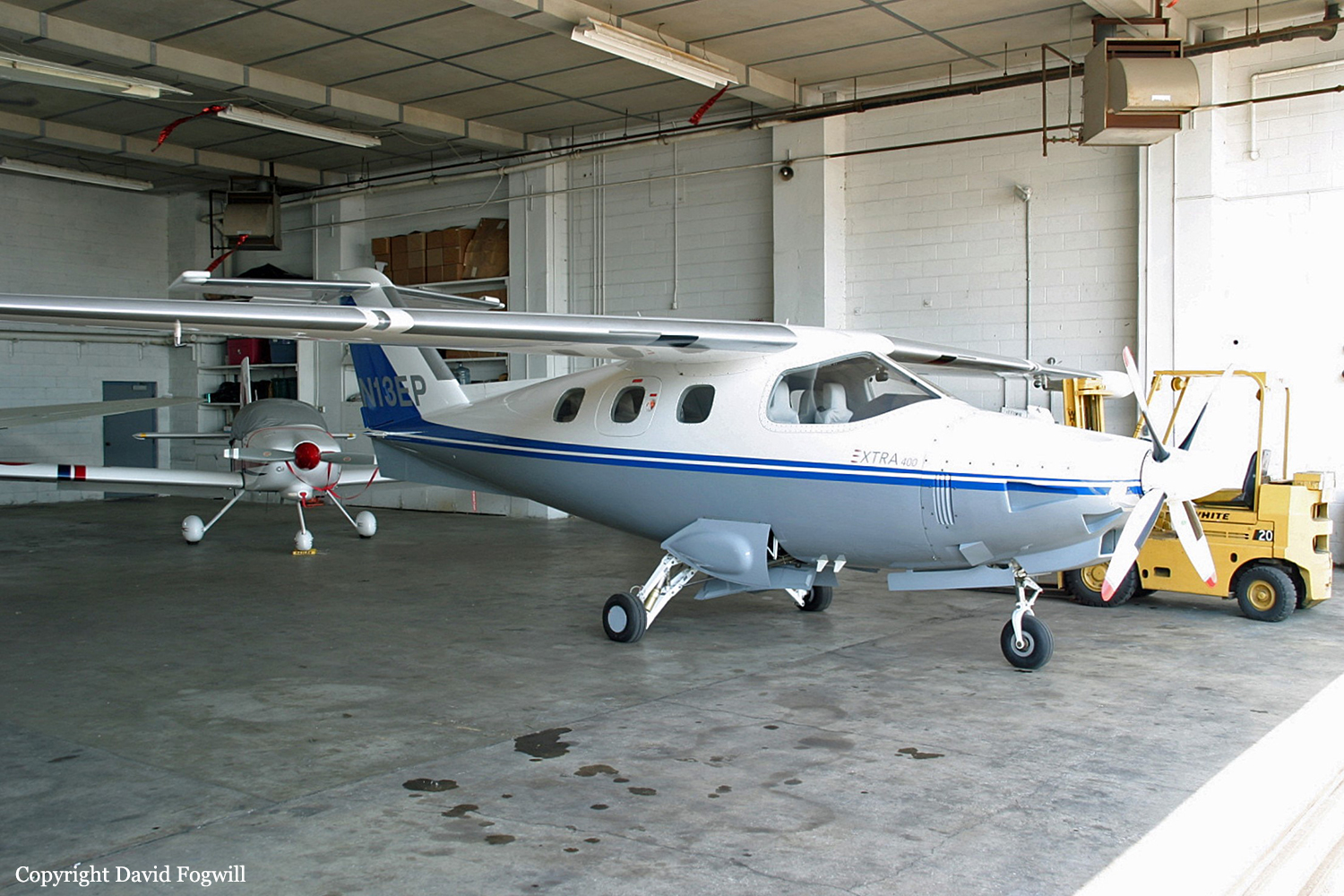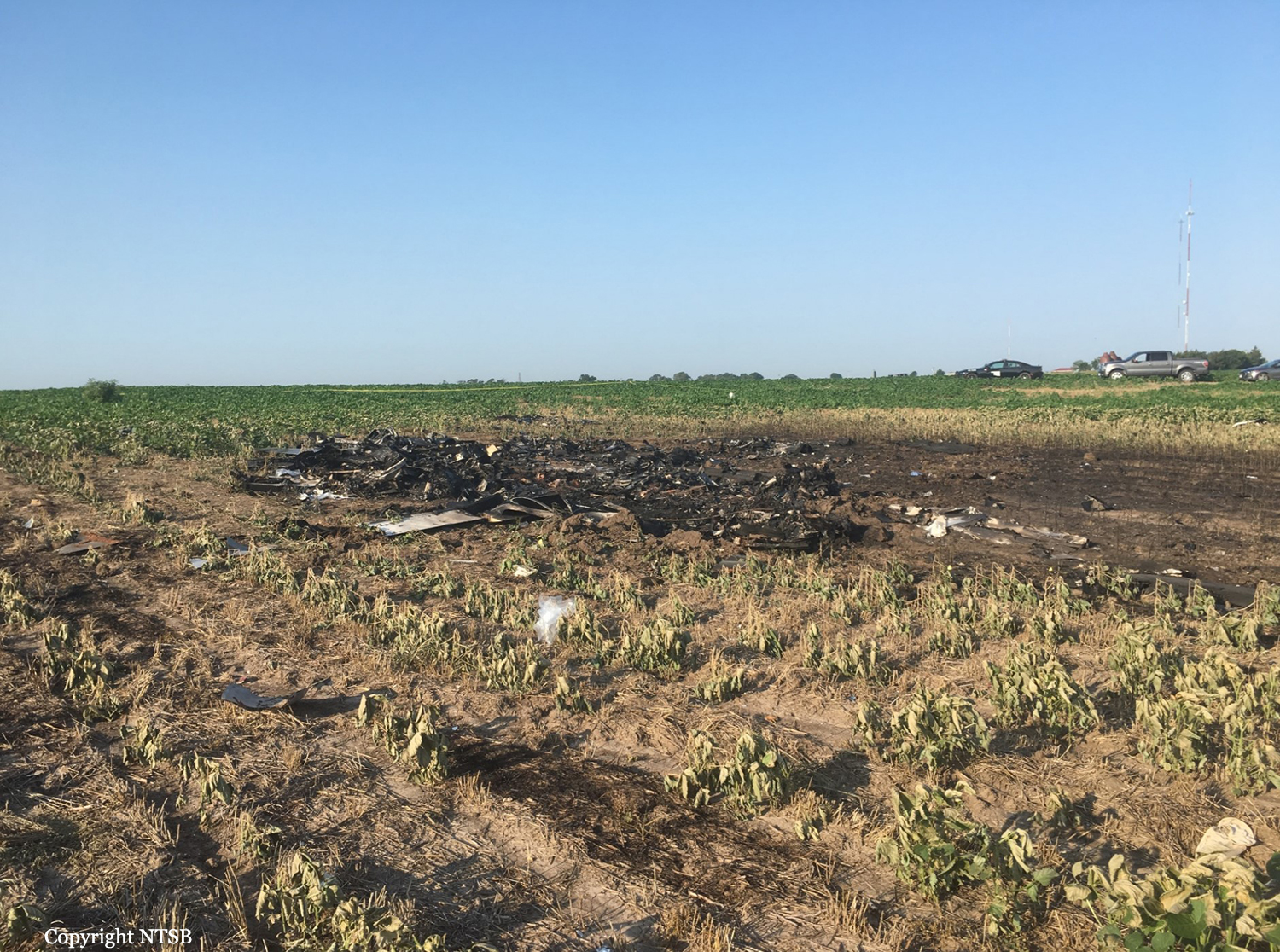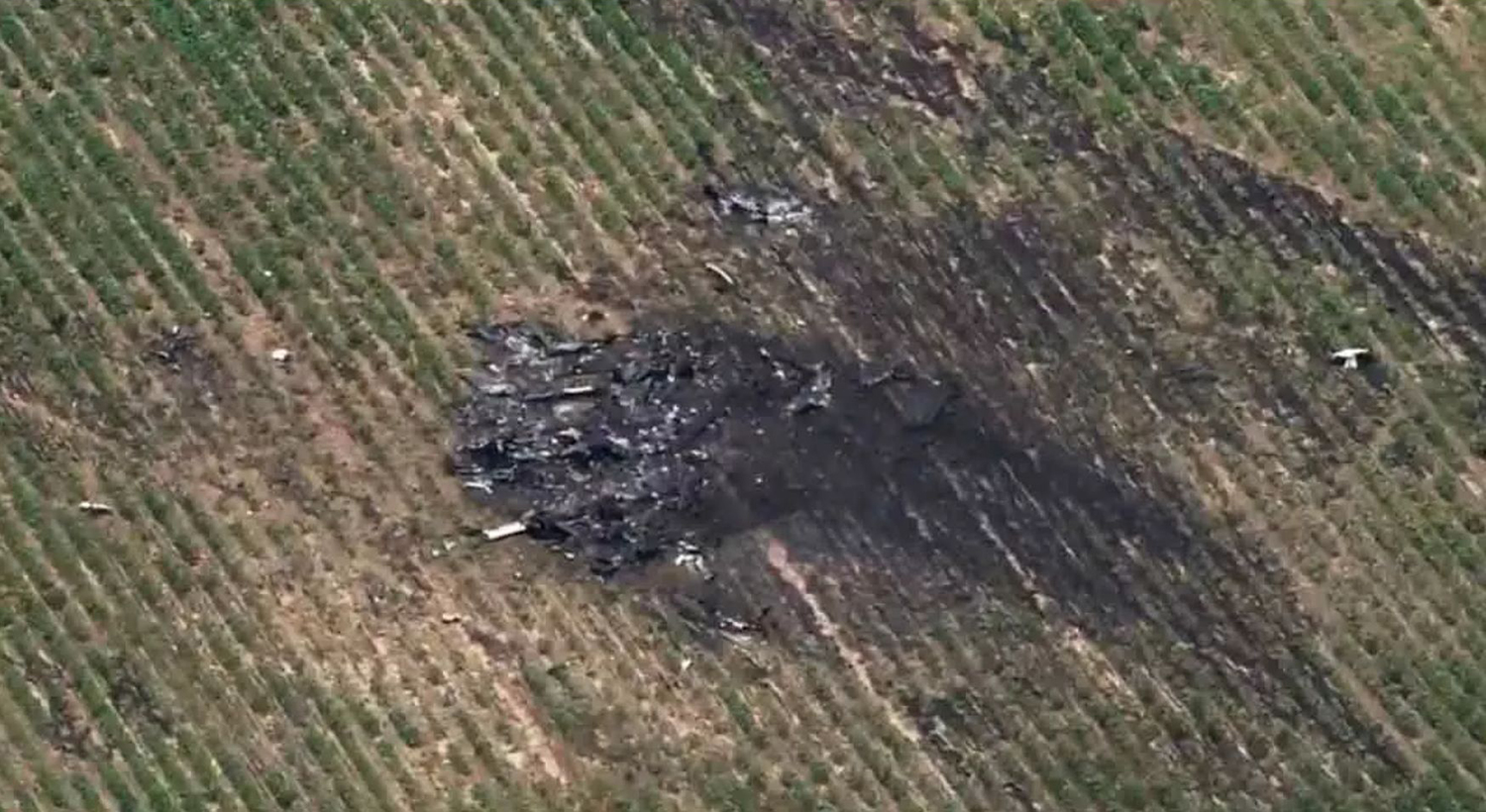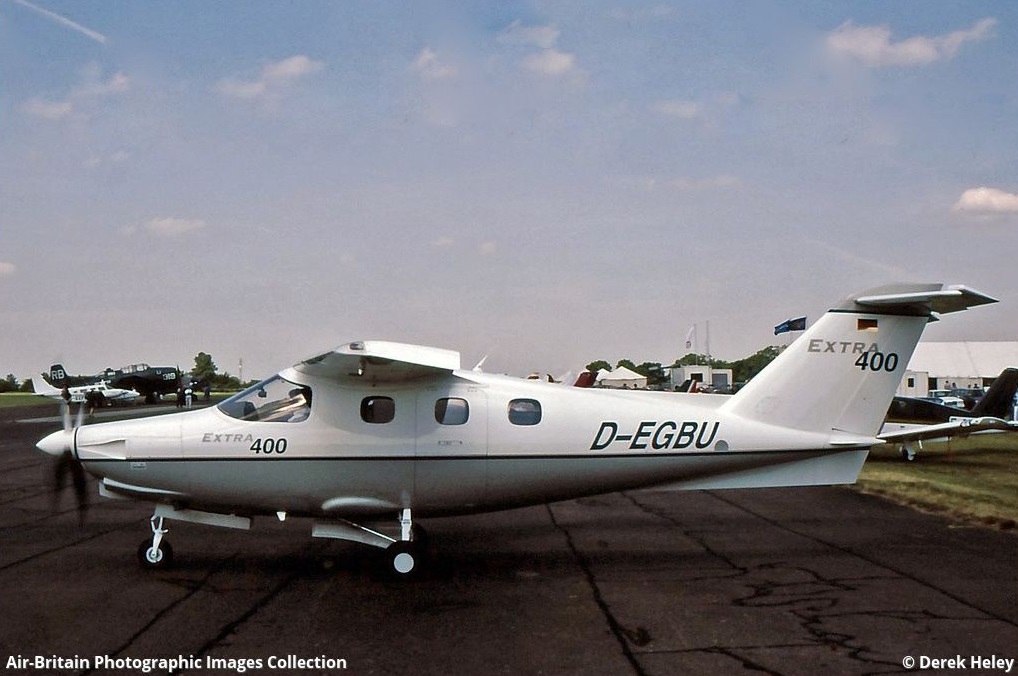Date & Time:
Sep 2, 2001 at 1050 LT
Operator:

Schedule:
Rørvik - Nuremberg
Crew fatalities:
Pax fatalities:
Other fatalities:
Captain / Total flying hours:
705
Captain / Total hours on type:
50.00
Aircraft flight hours:
248
Aircraft flight cycles:
215
Circumstances:
The pilot went through the checklist “BEFORE STARTING ENGINE CHECKLIST” and then started the engine. Everything was normal and, after going through the subsequent points on the checklist, he taxied out to the end of runway 04 where he performed the “BEFORE TAKEOFF CHECK”. In the position at the end of the runway, an engine check was carried out. All was set at 10:50 hrs. As the accident happened outside opening hours, the Airport was unmanned and no AFIS or recovery services were available. The pilot held the aircraft back on brakes and gave “full power”. All indications were normal, according to the pilot. All the instruments indicated “high power”. He released the brakes and checked the acceleration. At 50% of the runway’s length, the passenger in the right front seat called an airspeed of 60 kts IAS, and at 75% of the runway, the pilot rotated the aircraft. At that point the speed was 78 kts. The pilot estimates that the aircraft had gained a height of approx. 25 m when he experienced a loss of power (“leistungsverlust”), which he thought was related to a loss of turbo power, shortly after the stall warning light came on. The pilot realized that it was impossible to continue the flight, so he attempted to land on the remaining runway. 150 m of the runway still remained, and the aircraft landed hard at a steep angle on the runway. The aircraft hit the runway hard on the main wheels and the tail. When the pilot realized that it would be difficult to stop on the remaining portion of the runway, he retracted the landing gear. The aircraft continued past the end of the runway, where it hit several large rocks along the breakwater, where the approach lights for runway 04 are positioned. Following hitting the rocks, the pilot registered fire in the engine, which was quickly extinguished when the aircraft entered the water along the breakwater. The left wing hit so hard into the breakwater that the aircraft rotated 180° and stopped in the opposite direction of the take-off. The aircraft half filled with water immediately. The passengers and pilot unfastened their seat belts and evacuated through the emergency hatch on the right-hand side of the aircraft. The passenger seated in the cabin received only minor injuries during the evacuation, mainly caused by the jagged rocks.
Probable cause:
The AAIB/N’s investigations, in cooperation with an expert from the engine manufacturer, conclude that the experienced loss of engine power was caused by the grounding of one of the magnetos as a result of fire. The fire started when fuel began to leak from the fuel manifold valve and from there sprayed out over the engine’s crank casing, wires, pipes etc. Thereafter it is most probable that alternator no. 2 ignited the fuel. The fire spread rapidly and the insulation around the first magneto and subsequently the second were destroyed with the result that they became permanently connected to ground. This first led to the engine losing power and then failing altogether. The blue staining of the crankcase’s top and the presence of yellow putty indicate that this loose connection dates from the time after the engine’s shock loading inspection, following the gear up landing approx. 175 hrs previous to the accident. During this inspection the fuel manifold valve and fuel pipes were dismantled and reinstalled. Presumably the leakage started gradually. Initially the extent of the leakage might have been so minor that the fuel had vaporized without being set alight. The blue staining of the cylinders conveys that there have been pools of fuel in the area, and that significant leakage undoubtedly occurred during the flight from Germany to Norway. On start-up from Rørvik Airport Ryum, the leakage continued and it is most probable that the fire started just before take-off. The pilot did not observe the fire before he hit the large stones at the end of the runway, i.e. shortly before the aircraft continued out into the sea. This is explained by the engine cowling being unusually tight fitted on this liquid-cooled engine aircraft. The flames could not be seen before the engine cowling was struck sideways in the crash. The sea extinguished the fire immediately.
Final Report:
